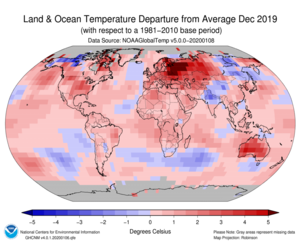Tennessee is definitely the Mid-West

The Midwest, as defined by the federal government, comprises the states of Illinois, Indiana, Iowa, Kansas, Michigan, Minnesota, Missouri, Nebraska, North Dakota, Ohio, South Dakota, and Wisconsin.
U.S. National Climate Assessment: Midwest Technical Input Report:
Historical Climate Sector White Paper
As noted earlier, Midwestern climate conditions are largely determined by the region’s location in the center of the North American continent. The generic Modified Koeppen classifications for the region range from Mesothermal, humid subtropical (Cwa) across far southern sections of the region to Microthermal humid continental hot summer (Dfa) across central sections to Microthermal humid continental mild summer (Dfb) across northern sections. Average annual temperature varies by about 20°F across the region (Figure 1) from less than 38°F in northern Minnesota to more than 60°F in the Missouri Bootheel. Seasonally, the greatest range in temperature across the region occurs during winter (December-February) with the least during the summer months (June-August). Seasonally, mean temperatures across the region typically peak in late July or early August and reach minima during late January or early February. Coldest overall temperatures tend to be observed in northern interior sections away from the lakes (Figure 2). Base 50°F seasonal growing degree day totals, a temperature-derived index of time spent above the 50 degree threshold, range from around 2000 in far northern Michigan and northeastern Minnesota to over 4000 in southern Missouri and Illinois.
https://glisa.umich.edu/media/files/NCA/MTIT_Historical.pdf










